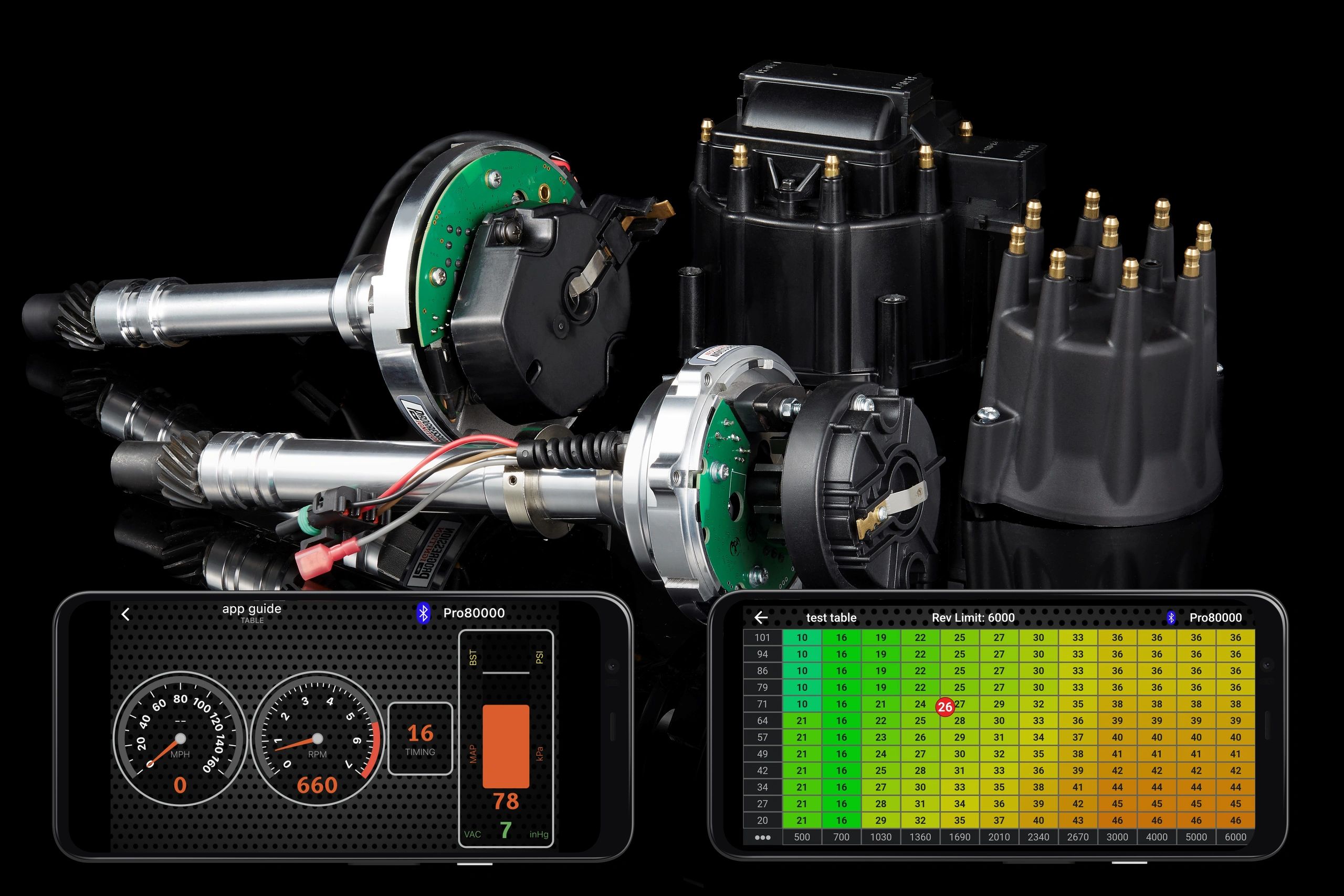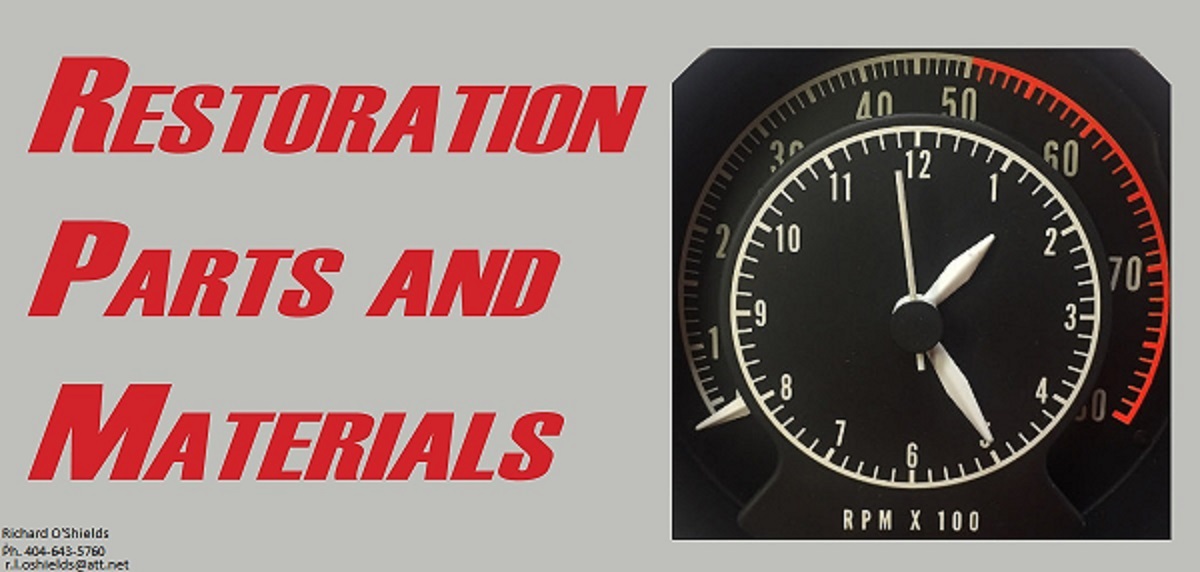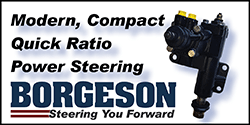doubleyellow
Well-Known Member
Been having trouble with the engine. Runs great at idle, but as I accelerate from about 2500 RPM and above, the engine bogs down badly and loses all power. But then back to smooth running at idle.
Please note: in the driveway, when I pull the throttle and get above 3000 RPM I do not hear or notice any obvious power loss
I’ve changed out many obvious things (carb, distributor, coil, plugs, plug wires, checked main grounds) which I may need to explain later, but thinking it may be a fuel starvation issue, I’ve been trying to measure the fuel pressure.
I first borrowed a fuel pressure gauge from the local O’Reillys. Think I hooked it up properly just outside the card (AVS2). The gauge really was more for fuel injection so the range on the dial was up to 100psi. Since I’m trying to read mine to be about 6 psi, the small dial was hard to read. Anyway, fired it up and the dial read about 9psi steady at idle.
9 psi seemed strange. So I dug up my Vacuum Gauge which is also a fuel pressure gauge. Hooked it up in a T-configuration.
Started the engine. At idle, the dial needle started jumping around between about 2 and 9 psi. As I increased the RPM the needle started to stabilize at around 4.5 psi plus or minus 1 or 2 psi. This seems low, but the needle was very erratic and not stable, so hard to tell what the average pressure was.
Shut it off and said have to ask the experts:
- Am I measuring the psi correctly? Correct gauge connections? Could both gauges be bad? What RPM’s do you check the pressure? Is pressure supposed to be stable at all RPM’s?
- Do I actually have a pressure problem? Bad fuel pump? Faulty vapor separator (its my original 1970 unit)? Something in the feed or return lines? Plugged sending unit (it’s new)?
Thanks for the feedback

Please note: in the driveway, when I pull the throttle and get above 3000 RPM I do not hear or notice any obvious power loss
I’ve changed out many obvious things (carb, distributor, coil, plugs, plug wires, checked main grounds) which I may need to explain later, but thinking it may be a fuel starvation issue, I’ve been trying to measure the fuel pressure.
I first borrowed a fuel pressure gauge from the local O’Reillys. Think I hooked it up properly just outside the card (AVS2). The gauge really was more for fuel injection so the range on the dial was up to 100psi. Since I’m trying to read mine to be about 6 psi, the small dial was hard to read. Anyway, fired it up and the dial read about 9psi steady at idle.
9 psi seemed strange. So I dug up my Vacuum Gauge which is also a fuel pressure gauge. Hooked it up in a T-configuration.
Started the engine. At idle, the dial needle started jumping around between about 2 and 9 psi. As I increased the RPM the needle started to stabilize at around 4.5 psi plus or minus 1 or 2 psi. This seems low, but the needle was very erratic and not stable, so hard to tell what the average pressure was.
Shut it off and said have to ask the experts:
- Am I measuring the psi correctly? Correct gauge connections? Could both gauges be bad? What RPM’s do you check the pressure? Is pressure supposed to be stable at all RPM’s?
- Do I actually have a pressure problem? Bad fuel pump? Faulty vapor separator (its my original 1970 unit)? Something in the feed or return lines? Plugged sending unit (it’s new)?
Thanks for the feedback




















